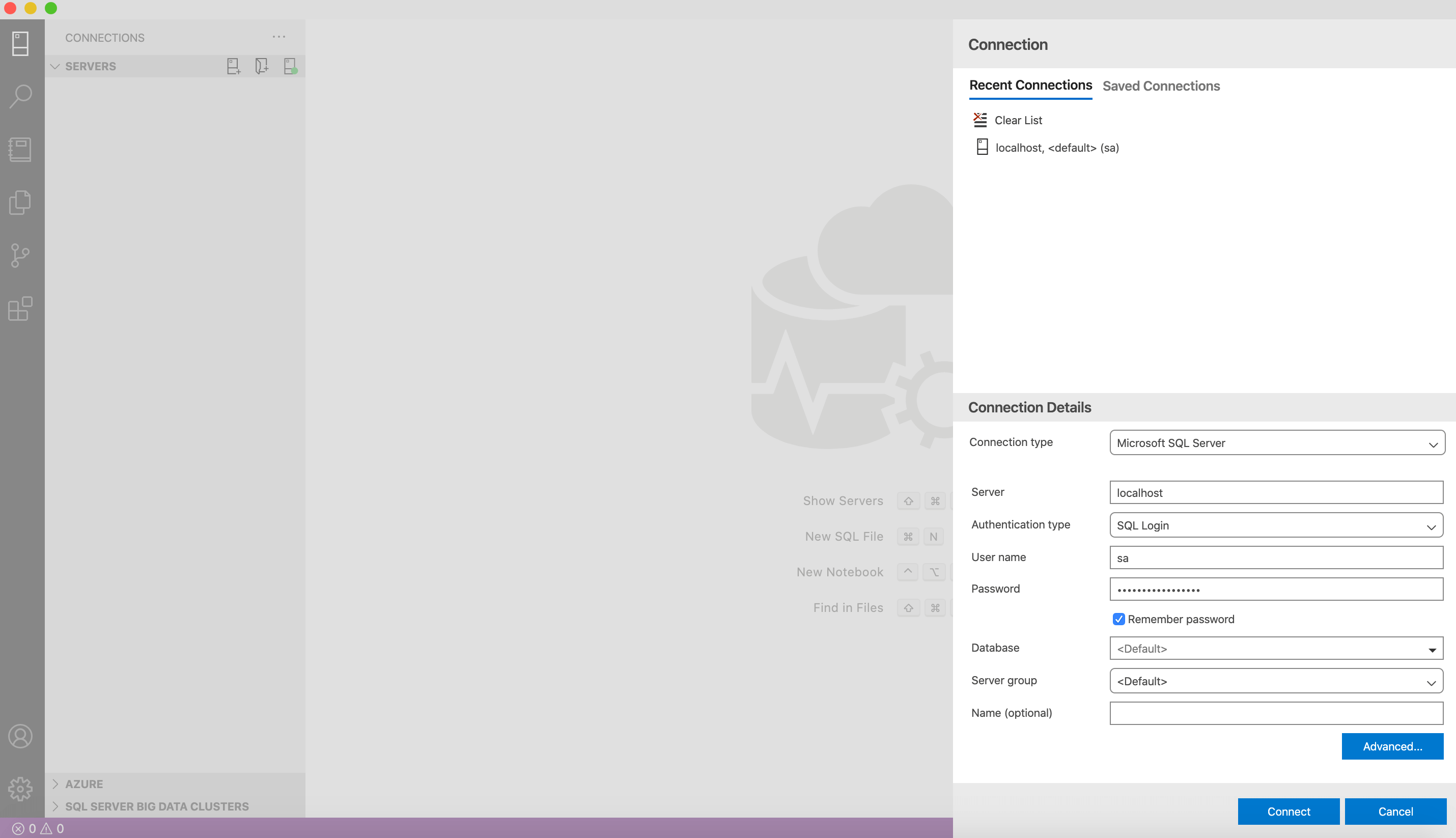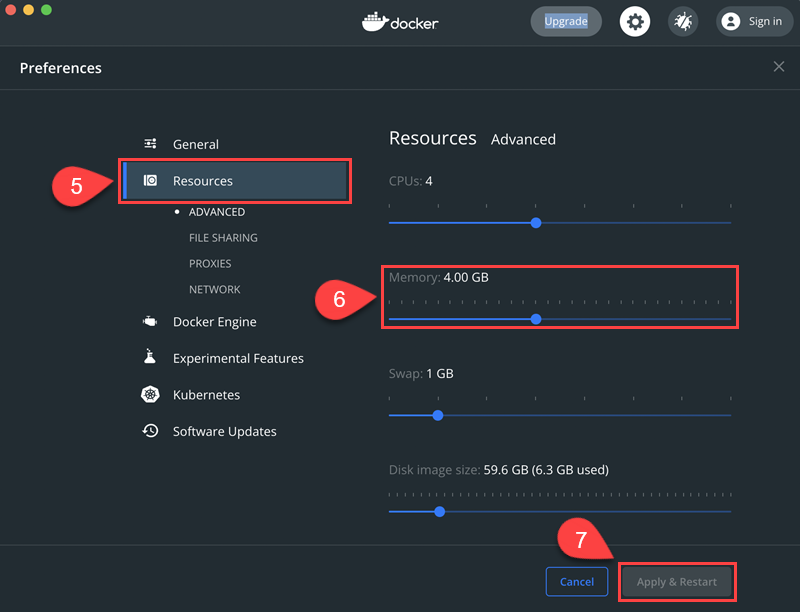

$ sudo add-apt-repository "$(wget -qO- )" Add the Microsoft SQL Server Ubuntu repository for SQL Server 2019 preview. In order for Ubuntu to trust the packages from the MS SQL Server repositories, import the GPG keys using the following wget command. # iptables-save > /etc/sysconfig/iptablesġ. Otherwise (using iptables): # iptables -A INPUT -p tcp -dport 1433 -j ACCEPT If you’re using firewalld: # firewall-cmd -add-port=1433/tcp -permanent

Open port 1433/tcp on your firewall in order to allow external clients to communicate with the database server: Once the configuration is done, verify that the SQL Server service is running.
#CAN YOU INSTALL SQL SERVER ON MAC PASSWORD#
When the installation is complete, you will be reminded to run the configuration script ( /opt/mssql/bin/mssql-conf) to accept the license terms, set the password for the SA user, and choose your edition. # yum install -y mssql-server mssql-tools unixODBC-develģ. Then install the SQL Server and mssql-tools with the unixODBC developer package using yum package manager, as shown. To install SQL Server on RHEL/CentOS 7.3+ releases, download the Microsoft SQL Server 2019 preview Red Hat repository configuration files, which will install the mssql-server package and mssql-tools using the following curl commands. Installing MS SQL Server on RHEL/CentOS 7.3+ġ.
#CAN YOU INSTALL SQL SERVER ON MAC HOW TO#
In this quickstart article, we will explain how to install SQL Server 2019 preview on RHEL/CentOS 7.3+ releases and Ubuntu 16.04.

The only “fancy” system requirement of the preview version is that the system where it is installed must have at least 2 GB of RAM. Whatever the company’s motivations behind this initiative, Linux system administrators are likely to need to learn how to install, maintain, and use MS SQL Server – especially considering that the preview version packages are already available for Red Hat Enterprise Linux 7.3+ (includes CentOS 7.3+ as well) and Ubuntu Server 16.04 bits (sorry – no 32-bit version available!). The move to make SQL Server available in Linux is yet another indicative of this approach. Under Satya Nadella’s leadership, the Redmond giant has made significant progress towards taking advantage of the areas where Linux dominates the industry (such as the technologies that power the cloud). In the year 2016, Microsoft surprised the IT world with the announcement of their plans to bring MS SQL Server to Linux.


 0 kommentar(er)
0 kommentar(er)
